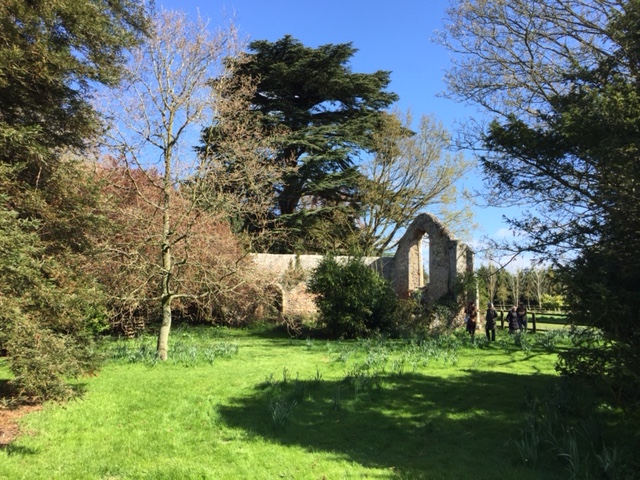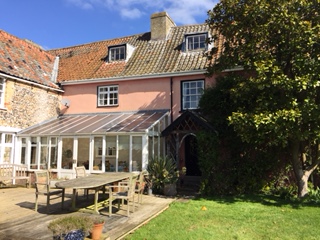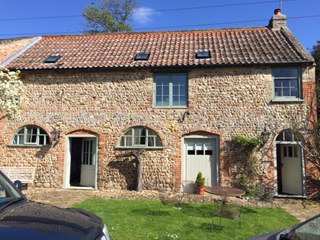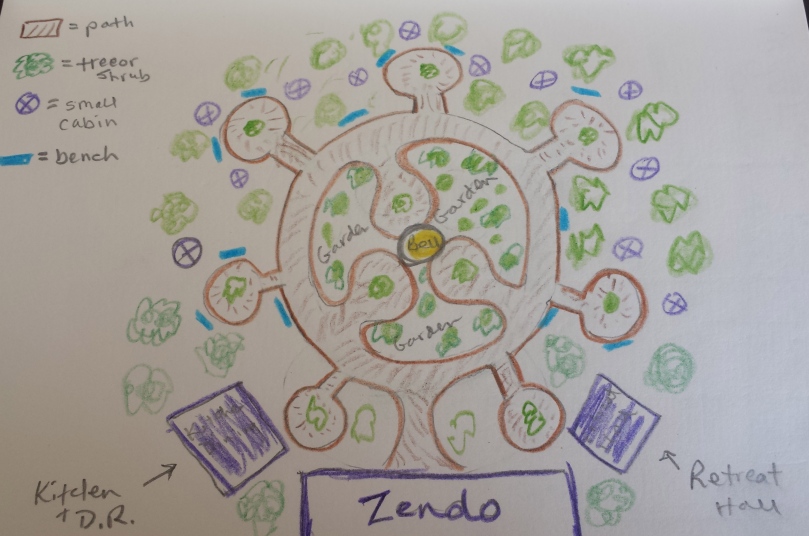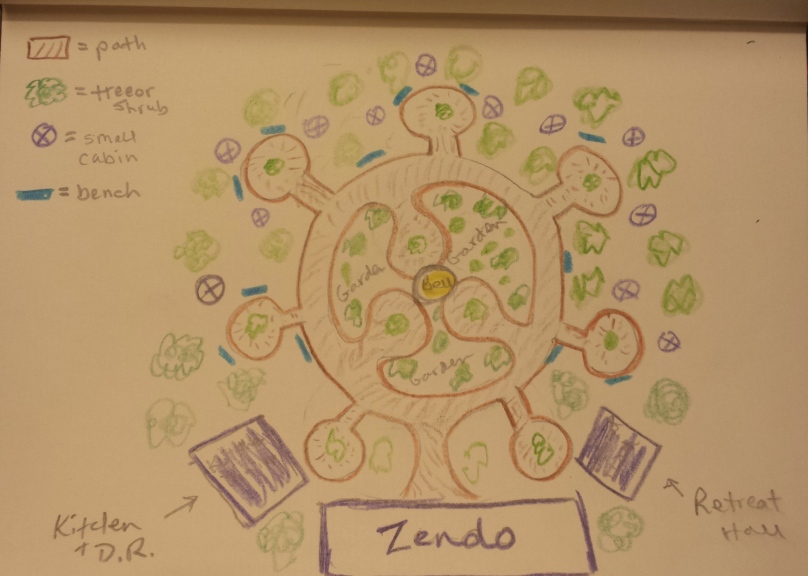Following is a collection of quotations, words from dharma masters and poets and prose writers that speak to and illuminate some of the concerns of the koan Ling’s Question.
Enjoy! And please offer your own.
Bai-zhang, from the Sayings and Doings of Pai-chang, tr. by Thomas Cleary
True words cure sickness; if the cure manages to heal, then all are true words—if they can’t effectively cure sickness, all are false words. True words are false words insofar as they give rise to views; false words are true words insofar as they cut off the delusions of sentient beings. Because disease is unreal, there is only unreal medicine to cure it.
Bhikkhu Bodhi, The Noble Eightfold Path
It is said that in the course of his long training for enlightenment over many lives, a bodhisatta can break all the moral precepts except the pledge to speak the truth. The reason for this is very profound, and reveals that the commitment to truth has a significance transcending the domain of ethics and even mental purification, taking us to the domains of knowledge and being. Truthful speech provides, in the sphere of interpersonal communication, a parallel to wisdom in the sphere of private understanding. The two are respectively the outward and inward modalities of the same commitment to what is real. Wisdom consists in the realization of truth, and truth (sacca) is not just a verbal proposition but the nature of things as they are. To realize truth our whole being has to be brought into accord with actuality, with things as they are, which requires that in communications with others we respect things as they are by speaking the truth. Truthful speech establishes a correspondence between our own inner being and the real nature of phenomena, allowing wisdom to rise up and fathom their real nature. Thus, much more than an ethical principle, devotion to truthful speech is a matter of taking our stand on reality rather than illusion, on the truth grasped by wisdom rather than the fantasies woven by desire.
Marilynne Robinson, “You Need not Doubt What I Say Because It Is Not True,” in A Public Space, Issue #1.
“At the most fundamental level, narrative is how we make sense of things. That is, our experience of ongoing life is a story we tell ourselves, more or less true depending on circumstance. I believe this narrative is the essential mode of our being in the world, individually and collectively. Maintaining its integrity, that is, maintaining a sense of the essentially provisional or hypothetical character of the story we tell ourselves, is our greatest practical as well as moral and ethical problem. Fiction is narrative freed from the standard of truth, a standard over against which every other kind of narrative falls short. In effect, it is the mind exploring itself.”
Emily Dickinson, #1472
To see the Summer Sky
Is Poetry, though never in a Book it lie—
True Poems flee—
from Gustave Flaubert, Madame Bovary, Lydia Davis tr.
“… as if the fullness of the soul did not sometimes overflow in the emptiest of metaphors, since none of us can ever express the exact measure of our needs, or our ideas, or our sorrows, and human speech is like a cracked kettle on which we beat out tunes for bears to dance to, when we long to move the stars to pity.”
“… speech is a rolling press that always extends one’s emotions.”
Alan Shapiro in Los Angeles Review of Books, “On Convention,” December 1, 2014
How to translate the irreducibly subjective into the objective norms of expression without either losing the integrity of feeling, or the social world beyond the feeling, which the feeling depends on to be recognized, if not exactly shared, is what makes writing so necessary and difficult.
From Ends of the Earth, Introduction by Francis Spufford
“Being in Antarctica is also a constant reminder of language’s secondary status, a descriptions’ belated appearance on any scene. Nowhere else on Earth is it so clear that a place has an integrity apart from what we might say about it. Nowhere are words so obviously ineffectual a response to what just, massively, exists, whole and complete and in no real need of translation. Words, Antarctica teaches us, are not what the world is made of. Stop listening to me, then. Step aside, and sit down on that wind-carved boulder. Sit for a while: there are mountains in the distance to which the best response is hush. Take a long, silent look at the treasures of the snow.
“But remember to get moving again while you can still feel your toes.”
Emily Dickinson, #1212
A word is dead
When it is said,
Some say
I say it just
Begins to live
That day.
From poetryinternational / February 5, 2015 / Letters From Paris /by Margo Berdeshevsky
LETTER FROM PARIS IN FEBRUARY 2015
And again and again, we must ask ourselves: Will there be singing in the dark times? “Yes,” Brecht told us after one war… “There will be singing about the dark times.”
And the freedom to be a human who walks in safety is questioned now, and now, and now…. As it has been always. We just forget. we just pretend that maybe it is not now… Not the first time. and likely, not the last. For everyone. Not for one race or one people. For all of us. If I ever doubted that in my lifetime I would know what other wartime civilizations have “night-mared” … or wondered or tried to un-imagine … I do not doubt it, now. I think about it day after day. One hides. One steps out, to be human. One retreats. One is alive. One considers how being alive is temporary. One has zero tolerance for hatred from any quarter. From any policy or leadership or religion or race. And one tries like hell to remember to love.
TU N’EST PAS SEUL: YOU ARE NOT ALONE…
“Everything is plundered…,” Anna Akhmatova (translated by Stanley Kunitz)
Everything is plundered, betrayed, sold,
Death’s great black wing scrapes the air,
Misery gnaws to the bone.
Why then do we not despair?
By day, from the surrounding woods,
cherries blow summer into town;
at night the deep transparent skies
glitter with new galaxies.
And the miraculous comes so close
to the ruined, dirty houses—
something not known to anyone at all,
but wild in our breasts for centuries.
